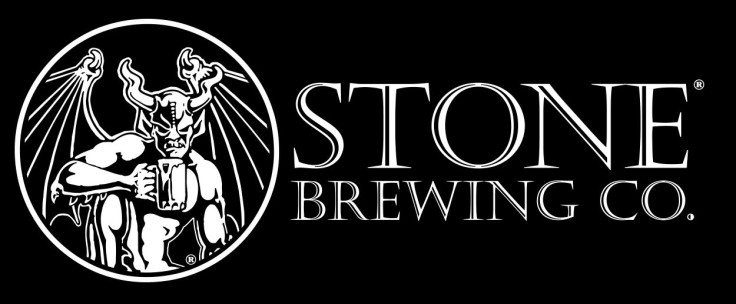Craft Beer Heads Overseas; Will Its US Success Translate To A Foreign Market?

The stats are in: Craft beer has broken into double-digit market share for U.S. beer sales by volume. Of the $101.5 billion in domestic sales from 2014, $19.6 billion belonged to the little artisan IPA that could. And the number of craft breweries is up by a fifth.
Trend pieces and craft beer go together like millennials and preference for choice, so if the last 10 things you read make an argument for why “ X is the Brooklyn of Y” we won’t pain you with recounting craft beer’s rise again here. But what you might not know is that, in addition to tracking U.S. market share, the Brewers Association has had a government-funded program to help brewers export their product since 2004.
In 2013, the export volume of craft beer has increased by nearly 50 percent. Now, successful exporters are looking to the next step -- setting up shop overseas. Leading the charge is Stone Brewing Co., which will open Europe’s first American craft brewery in Berlin by late 2015.
CEO and co-founder Greg Koch’s plan to cut the costs of exporting his California brews values conventional business wisdom about as much as Stone values swill.
Here is Koch’s take on how Stone will take on Germany’s capital its own way:
Advertise Aggressively
... or not at all. Since Stone’s founding in 1996, it has never done advertising -- and it doesn’t plan to. “If you want people to talk about you, you have to do things that are worth talking about,” says Koch. This "Field of Dreams" mentality is also favored by Stone’s brewmaster, Mitch Steele, who has been brewing beer for 25 years.
The Brewers Association identifies three key attributes of a craft brewery: that it produces fewer than 6 million barrels a year, is at least 75% independent from any beverage company that is not itself a craft brewer, and relies on some variation of classic brewing techniques.
Koch and Steele's three-pronged strategy is to appeal to people who are looking for adventure in their food, to convey the thought and ingredients that go into their beer, and to use the enthusiastic consumer to advertise for them. “Every beer’s got a story,” Steele says.
Even to the average joe?
“I’ve always believed if you brew great beer, people will come to appreciate it," Koch says. "I don’t believe consumers don’t have good taste.”
Strike Deals
... or fly solo. As an independent brewer, Stone does not write contracts with tied houses -- bars that stock beers from certain brands -- and will stick to free houses in Berlin. Entering the market through free houses -- bars that don’t write contracts with the brands they stock -- will limit Stone’s access to the market.
If Stone's bar is the only one stocking Stone brews at first, so be it, says Koch. The hope is that customers will flock to their 43,000-plus-square-foot beer hall and farm-to-table restaurant in a historic gasworks space.

Capitalize on Existing Industry
... or join the pioneers. Eschenbräu claims to be one of the longest-running craft breweries in Berlin and it has been around since only 2001. Vagabund -- a small, nanobrewery -- sells modest quantities of its own beer, but has been around since only 2013.
For Koch, the “undercurrent of alternative culture” is what made Berlin so attractive, so it’s ironic that the beer counterculture there is so underdeveloped. Whether there will be an actual taste for intensely flavored American hops is a risk Steele is willing to take.
Steele started home brewing over two decades ago, initially inspired by English-style ales -- the "earthy," "herbal" flavored beers. In those days, most books on the subject were written by English home brewers. But now American hops (think "citrusy" and "piney") are having a very well-documented moment overseas -- even in Germany (the land of "floral" and "spicy"), where Reinheitsgebot, or purity law, has limited the number of ingredients in certified beer since the 1400s.
But Stone’s beers aren’t just American, they are unapologetically flavored with names like Arrogant Bastard and Ruination. Koch told Fortune he’ll still sell craft brews that don’t adhere to Reinheitsgebot, even if he can’t call them “beer.” Johannes Heidenpeter, who opened another of Berlin’s recent craft brewing ventures in 2012, told the New York Times, “I think the time is good to change the taste of beer.” The local industry may be a fledgling, but the crop of idealists with a strong belief in the pliability of taste buds is evident.
Compete Fiercely
... or embrace esprit de corps. There’s no equivalent of the guarded Coca-Cola formula in craft beer: “The nice thing about the craft brewing industry is the brewers feed off each other,” Steele says. “We’re all inspiring each other ... we’re pretty open.”
But does that translate to big bucks?
“People will say we’re crazy,” Koch writes in his initial announcement about the brewery opening. Ale big or go home.
© Copyright IBTimes 2024. All rights reserved.






















